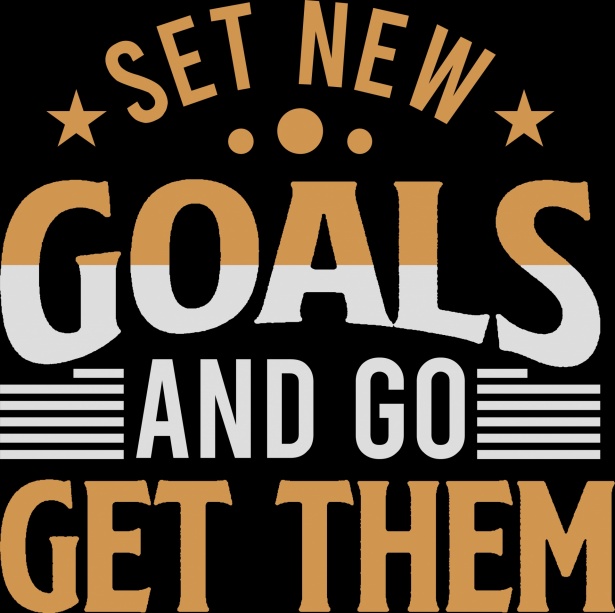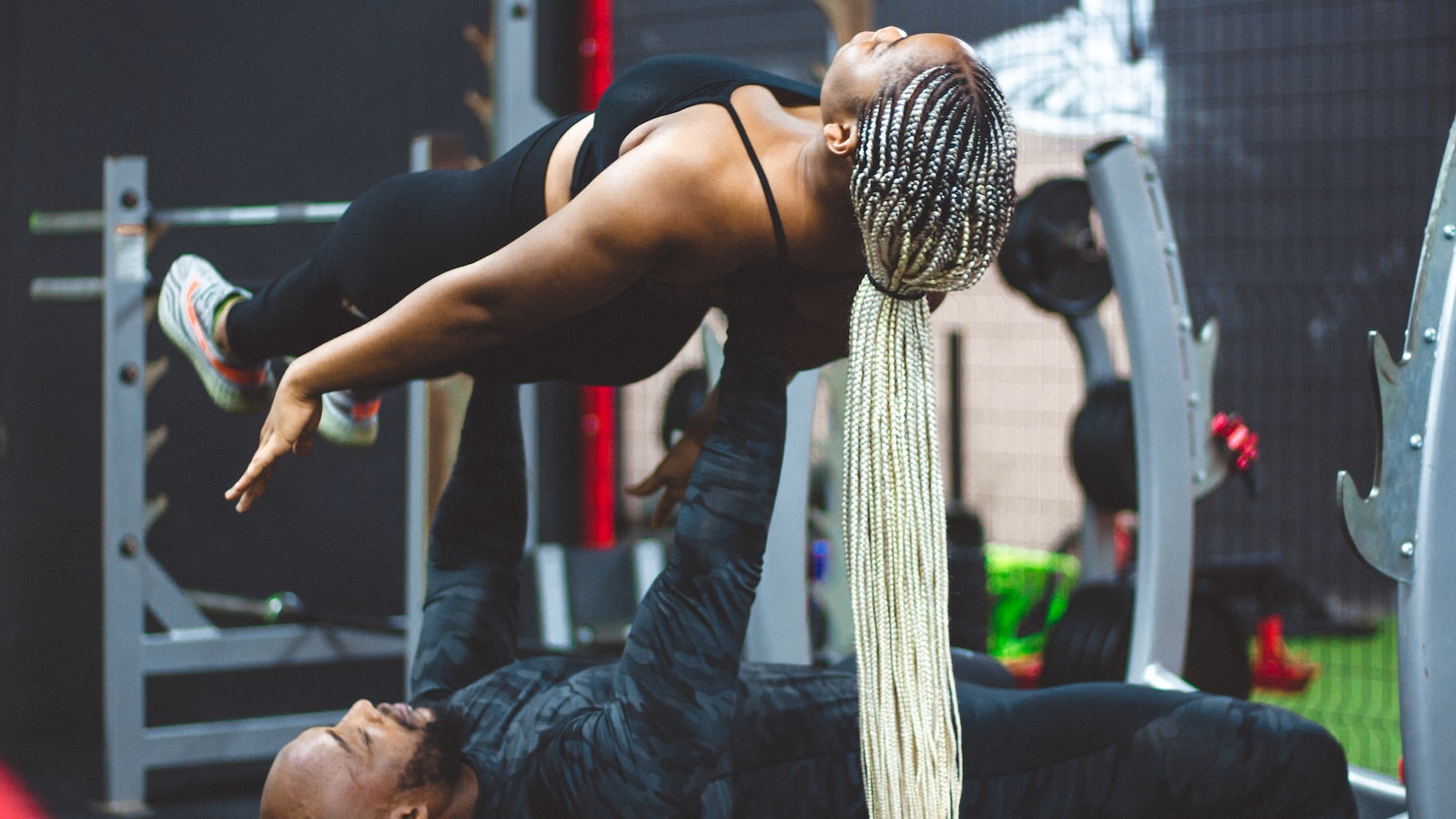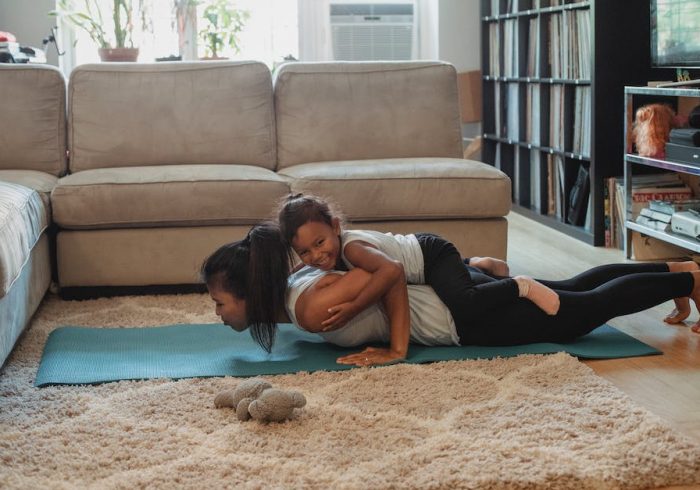Are you ready to make a lasting change in your life? Ready to get fit, feel better, and stay healthier? You’ve come to the right place! Getting fit is a journey, and you have the power to shape your own success. With this step-by-step guide to your workout, we’ll give you all the tools you need to get fit, while feeling supported and encouraged every step of the way. Let’s do this, together!
1. Let’s Get Moving: A Step-By-Step Guide to Get Fit
1. Counting Calories
Taking control of your diet is the first step to get moving and get fit. Knowing what you eat is the simplest way to make healthy choices and lose unwanted calories. Track your calories and nutritional intake. Eating foods that contain fewer calories and healthier ingredients can help you stay fit and energetic. Start your journey towards a fitter you by downloading a daily calorie counter or an app that will help you monitor your food intake.
2. Exercise Routine
Getting fit isn’t about feeling exhausted after a workout—it’s about eating right and exercising the right way. Make sure to include variety in your exercise routine:
- Cardio exercises like elliptical training, biking, and jogging.
- Strength training exercises like weight lifting, yoga, and pilates.
- Flexibility exercises like stretching, yoga, dance, and aerobics.
Remember, being consistent is key to achieving fitness. Gradually increase the duration and intensity of your work out so that your body can keep up and you don’t feel too exhausted. Set yourself a realistic goal and keep track of your progress!
2. Setting Your Fitness Goals: Setting Yourself Up for Success
Now that you have a greater understanding of the various elements of fitness, it’s time to set some goals for success. By breaking down your goals into manageable chunks and deciding what is realistic for you, you’ll be well on your way to achieving the results you desire. Here are a few tips to get you started:
- Set SMART (specific, measurable, attainable, relevant, and time-framed) goals that are achievable and that will keep you motivated.
- Start off with a few ‘simple’ goals, like regularly going to the gym two days per week. That way, you can maintain consistency without feeling overwhelmed.
- Be accountable. Find someone, such as a professional trainer or accountability buddy, who will help you stay on track and motivated.
Tracking your progress is also a great way to stay focused and motivated. It’s easy to get sidetracked or to ‘forget’ about a goal when other commitments get in the way. By recording and tracking your progress, you will be able to draw meaning from the success or failures and adjust and improve accordingly.
3. Charting Your Fitness Regimen: Developing an Exercise Plan That Works
The success of your fitness regimen lies in devising a well-structured exercise plan. It should be tailored to fit your unique lifestyle and fitness goals. Here are a few key tips to help you chart your fitness journey in the right direction:
- Set realistic goals: Aiming too high can lead to frustration and burnout. Break up your goals into achievable targets such as getting better sleep, eating more vegetables, and gradually increasing the intensity of your workouts.
- Mix it up: To avoid hitting a plateau, you need to keep challenging your body with a variety of exercises that tap into different energy systems. Try strength-training and aerobic exercises for a comprehensive approach to fitness.
- Track your progress: Note down your results so that you can see your improvements. This will also help you stay accountable and keep pushing forward.
Finally, make sure that your plan leaves room for flexibility. Stay open to adjustments and try not to get too hard on yourself when slip-ups happen. When setbacks occur, take the opportunity to reflect and learn from the experience.
4. On the Road to Fitness: Making Steady Progress Toward Your Goals
Reaching your goals is rarely straight forward. It involves planning, small and consistent actions, and re-evaluating what works best for you. Here are 4 tips for getting on the road to fitness and achieving your targets:
- Set realistic goals. Avoid overly ambitious targets that you might not have the time or energy to reach. Instead, set achievable objectives that can be reached through gradual improvements.
- Find an accountability partner. The best way to insure you stay on track to reaching your fitness goals is to keep your commitment to someone else. Whether it’s a family member or a coach, having somebody keeping an eye on your progress can be an enormous motivator.
- Schedule it in. Make sure you have time allocated to do some form of physical exercise, even if it’s only a short burst of activity. It might be a daily 10-minute online class or jogging through the park. Whatever it is, adding it to your daily and weekly calendar is important.
- Monitor and adjust. Pay attention to the plan you created and be willing to make changes based on what works best for you. Experiment and find the balance of exercise that works for your life.
Stay focused, be consistent and trust in the process. With these strategies, you will be well on your way to reaching the fitness goals you have set for yourself. Celebrate the small wins and stay positive!
Often Asked
Q: What should I consider when starting an exercise routine?
A: When you start any kind of exercise program, there are a few important things to think about. First, determine what your goals are and create a plan to reach them. Ask yourself what kinds of activities you like doing most and find ways to make those activities part of your workout program. Also think about the amount of time and resources that you are willing to commit and budget accordingly. Lastly, consider your lifestyle or any medical issues, as these may influence the type of exercise program you can safely engage in.
Q: What types of exercises are available?
A: There are so many exercises and activities to choose from – it’s impossible to list them all! Popular aerobic or ‘cardio’ exercises include running, walking, cycling, swimming, and even yoga and tai chi. Strength-based exercises such as weight lifting, body weight exercises, Pilates, or HIIT, are also popular. Outdoor activities such as hiking, tennis, or even kayaking can also keep you active and fit. Whatever exercise you choose, make sure it’s enjoyable!
Q: How much exercise should I do each week?
A: According to the Australian Department of Health, most adults should aim for at least 30 minutes of moderate physical activity, five days a week. This could be something as simple as a brisk walk or going for a swim, or you might like to break up your exercise into shorter, more frequent bursts throughout the day. Remember to start slow and work your way up gradually as you become more comfortable with exercise. Enjoy the journey!
Good luck on your fitness journey! Take it one step at a time – the path to a healthy, active lifestyle is yours to make. Here’s to feeling better, looking better, and being the best version of you. Now get out there and get fit!



